Golf Club Buyer’s Guide: What You Need To Know!
Golf Club Buyer’s Guide
This golf club buyers guide is designed to be a foundational resource for golfers. One, it breaks down the different components of a typical golf club. While demonstrating the different types of club families and how you use them for different situations on the course. This information is beneficial to understanding your golf equipment.
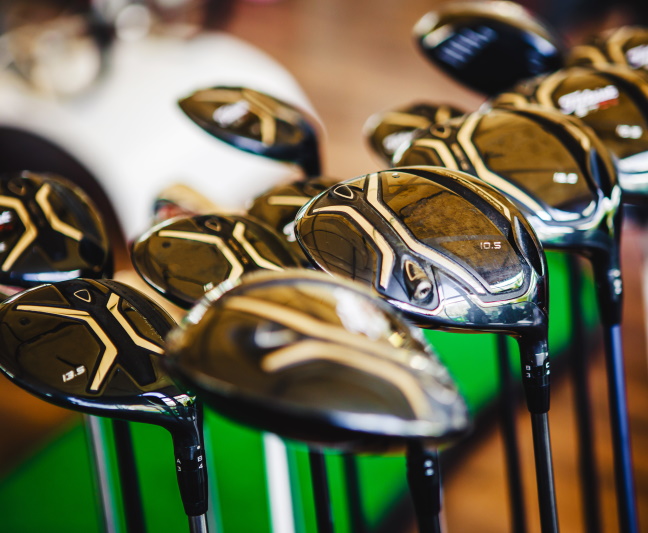
The Basics
While every club category is different, there are basics to consider. There are parts to a golf club that are consistent across all clubs. Yes, a club’s components, appearance, and specialized function can vary from club type to club type. Regardless you will notice certain parts of a club are universal. Remember one thing, though, golf is a game of details. Any edge you can get on your club can make a significant difference in the long run.
Grip
Some may view the golf club grip as an oversight, but that could be a mistake. Every stroke you take starts with positioning your hands on the top of the club. Control, responsiveness, and firmness all come into play here. Naturally, personal preference also comes into play here, and grips come with options. The thickness of the grip can vary depending on what works best for the golfer. While they come in different sizes, some players use tape to thicken the grip to the desired width.
Another feature of grips is the actual design or texture of the grip. Some grips are smooth. Others offer grooves. Grooved grips are another way to get more friction as you hold the club. For some, this may be a critical difference. Beyond just the grip’s texture and width, you may also hear some golfers talk about the feel. The feel is a reference to the firmness of the grip. Some golfers prefer a firm grip. It can help them sense things in the club more effectively, allowing them to use this feedback to make more accurate shots.
Shaft
Naturally, the grip and the club head are attached to the shaft. The shaft, of course, connects the golfer to the club head and, ultimately, the ball. Like a giant lever, a golf club allows you to transfer energy from your back, body, and shoulders through the swinging motion of the club. The shaft, of course, is the lever that makes this transfer of energy possible. It might be easy for a newbie or inexperienced golfer to view the shaft as unimportant, but this is untrue. A shaft is a critical part of the club, offering some essential features helping the golfer to have powerful, accurate swings.
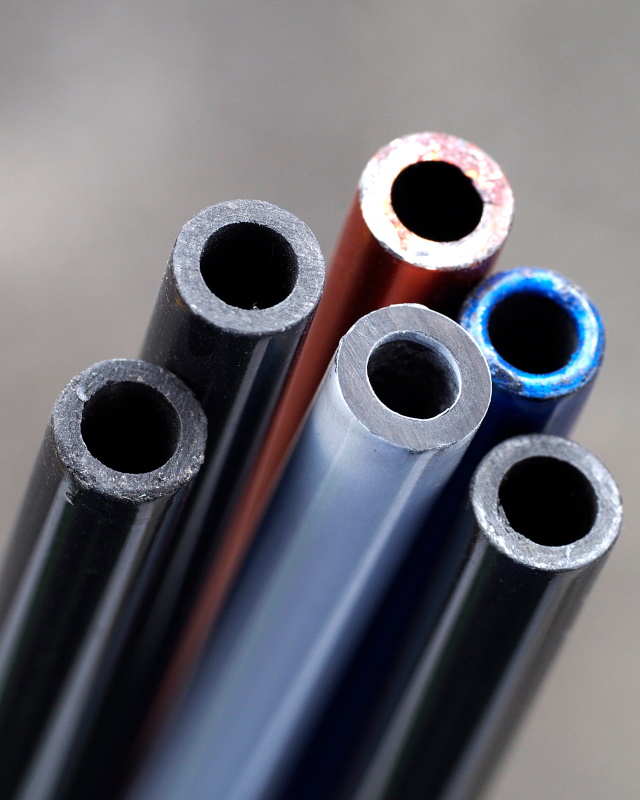
You will often hear two areas mentioned with a shaft: weight and flex. Weight, of course, refers to the material the shaft is made of. In today’s modern golf game, club speed is critical to generate power on a swing. A lighter, faster club allows you to swing with greater velocity. Thus modern clubs use alloys that allow strength with less weight than traditional materials like wood and steel. The result is more powerful swings.
Beyond just weight, modern club shafts have different levels of flex. Flex is the ability of the club to bend. Flex is essential since players with less upper body strength will benefit from a more flexible shaft. Inversely more advanced players or players with a stronger swing will opt for a stiffer shaft.
Another critical function of the staff is, of course, leverage. You will notice drivers are longer to help transfer more energy from you into the ball. As you get closer to the green, you need less distance and more precision. Subsequently, the shafts get shorter from drivers to irons and irons to putters.
Club Head
The shaft connects to the club head. The club head is probably the most recognizable part of a golf club. Beyond length, much of the differentiation between the various families of clubs is evident in the club head. Naturally, the club head is the part of the club that impacts the ball. At first glance, you might think the function of a club head is just a hitting surface. While this describes the process of what it does, it is much more complicated than that.
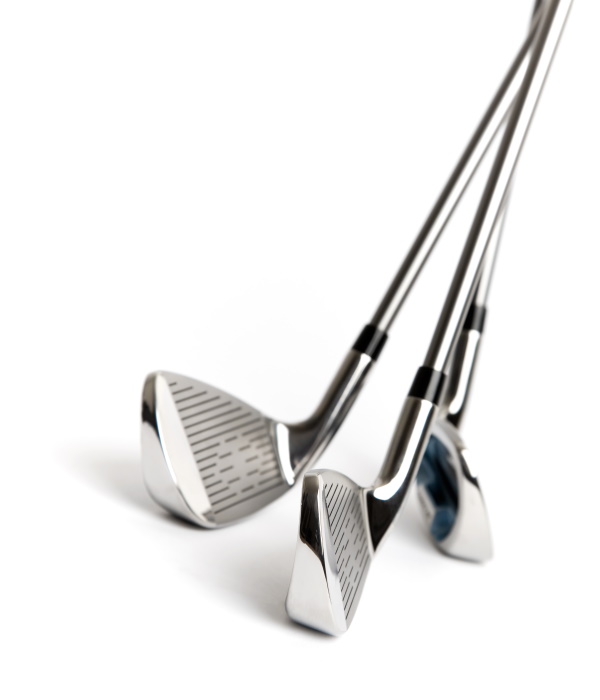
Different types of clubs have distinctive club heads and club faces. These correspond to the function of the different styles of clubs. The driver has a large bulbous head. This type of head is designed to give you a large hitting surface with lots of power at the moment of impact. Irons are designed with a club head to lift and grip the ball sending it on a specific loft towards the green. Inherently, the design and appearance of irons are very different from drivers. And appearance only tells half the story.
Types Of Golf Clubs
With the basic structure and components covered, let’s talk about the various types of golf clubs. While playing golf, you will need to make sure you are using the correct club for the kind of shot you are making. Hence, there are multiple families of clubs. Each family is designed for a specific type of golf shot. Here is a breakdown of the different types of clubs.
Woods
Every round of golf starts with a wood. The woods are the largest clubs you have in your bag. They get their name from the original material used to make them. Unsurprisingly, that material was wood. Today’s “woods” are made of stronger and lighter materials than any used in the wood material era of the past. The most iconic of all the woods is the driver, also known as the 1-wood. And it is the largest club in the bag. It also has the largest club head and the longest shaft. You reach for a driver when you tee off on a long hole.
The driver is designed to give you maximum power and flight. The goal is to get your ball down the fairway because every yard is critical. And the further you drive the ball off the tee, the fewer strokes to get to the green to stay under par. Naturally, on a longer fairway, you may still find yourself deep on the fairway. In this case, there are other woods designed for the shortened distance. These are called fairway woods.
Fairway woods have club heads smaller than the driver but still much larger than any other club. And fairway woods are designed to give you the distance you need on the fairway when you are still too far away to use your irons. Hence the term fairway woods.
Specialized Options With Drivers
Slicing or hooking the ball is one of the worst things a golfer can do. When you slice or hook the ball, it curves to the left or right on a path you didn’t plan. If you do either of these things with your driver right off the tee, you will lose a lot of yards and strokes. There are ways to avoid this situation if you have a driver. Adjustable weighting on the driver is one way to help you make your swing more even. The other option is to tilt the club to a better angle to help move the ball in a different direction. Manufacturers help you drive the ball better in many ways, but these are two of the most common.
Get more information on golf drivers here!
Get more information on golf fairway woods here!
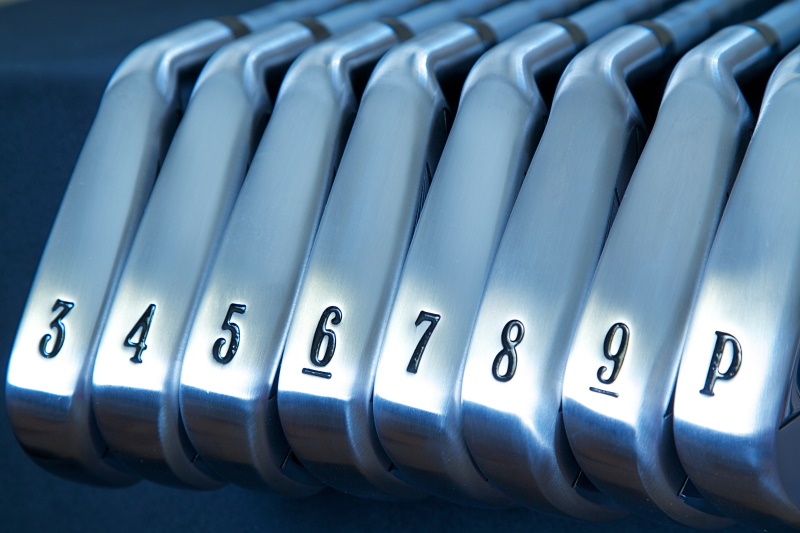
Irons
The next major group of clubs is golf irons. Just like the drivers, they have a distinct clubhead. These are designed for shots outside the green but too close in the range of the woods. These clubs are designed with different lofts or angles that are designed not just to move the ball forward but to move it vertically. And this assures the ball sticks the landing better on or near the green.
Specialized Characteristics Of Irons
One key characteristic of irons you will notice right away is the depth of the club face. Some have a full back or blade style. And these are considered the more traditional golf iron. It is harder to hit and control but can deliver considerable power into the ball. For less experienced players, there are cavity backs. As the name implies, these club heads are hollowed out in the back. And this iron club head type can allow for more forgiveness and control.
Get more detailed information on golf irons here!
Hybrids
If there is one thing that has changed the game of golf, it is technology. The hybrid club is a perfect example of a club that combines the characteristics of two existing types of clubs. This club has exploded in popularity in the past few decades. Hybrids allow golfers to hit shots that their irons or woods may not hit as well. The hybrid combines the club head design of a fairway wood with the loft of an iron. On the one hand, the club is more forgiving than an iron with its larger club face. And on the other hand, it has a higher loft than fairway woods, giving the ball a higher trajectory.
Get more detailed information on golf hybrids here!
Wedges
You need a particular category of clubs for shots that are off the green but too close for irons. These types of clubs are called wedges. Members of the wedge family also help with specialized situations that will come up on the golf courses.
One distinguishing characteristic of this group is the loft angle. Wedges have the highest loft of any club you will use on the golf course. Here is a breakdown of the different wedges and how they can help you.
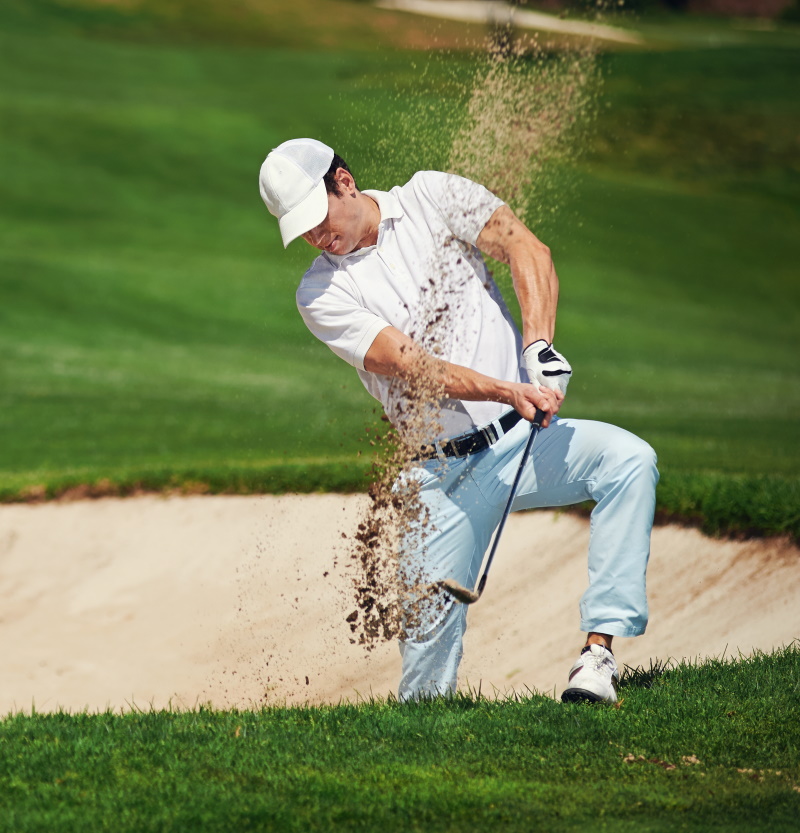
Pitching Wedge
The pitching wedge has the lowest loft of any wedge. And it is considered by many as the most-played wedge. A good time to play a pitching wedge is on approach shots outside the green.
Typical pitching wedge loft range: 47 to 53 degrees
Gap Wedge
The gap wedge is designed to bridge the loft gap between a sand wedge and a pitching wedge.
Typical gap wedge loft range: 50 to 54 degrees
Sand Wedge
The appropriately titled sand wedge is ready to get you out of some of the most challenging situations on the course. This wedge works well in bunkers or on uneven terrain.
Typical sand wedge loft range: 54 to 58 degrees
Lob Wedge
The highest lofted wedge is the lob wedge. The loft is ideal for dropping the ball onto the green from a lower position in the rough or fairway.
Typical lob wedge loft range: 58 to 62 degrees
Characteristics Of Wedges
Wedges have unique characteristics.
One that you will hear a lot is bounce. Bounce refers to the angle of the bottom leading edge of the club. And bounce comes in three flavors: high, standard, and low. Wedges with less bounce make it easier to make clean contact with the turf, which gives you more accuracy. While wedges with high bounce work well on soft grass and lies, as well as in bunkers with soft sand. And high bounce wedges are known for producing a lot of spin, which helps the golfer have more short-game control.
Another essential option with wedges is the grind. The grind or sole grind refers to the shape of the bottom of the club head of the wedge. There are many different configurations. These can alter the way the club reacts to different types of turf.
Get more details about golf wedges here!
Putters
Putters are one of the most recognizable clubs in the game of golf. They are also one of the most important. Every golf hole may start with a driver, but it ends with a putter. Like all other clubs, you need to choose a putter that is comfortable for you is fitted to your playing style. Also, like other clubs, there are multiple varieties, but you will most likely see one of two types on the golf course. The first is a traditional blade putter. The second is a larger mallett-style putter.
Specialized Characteristics of Putters
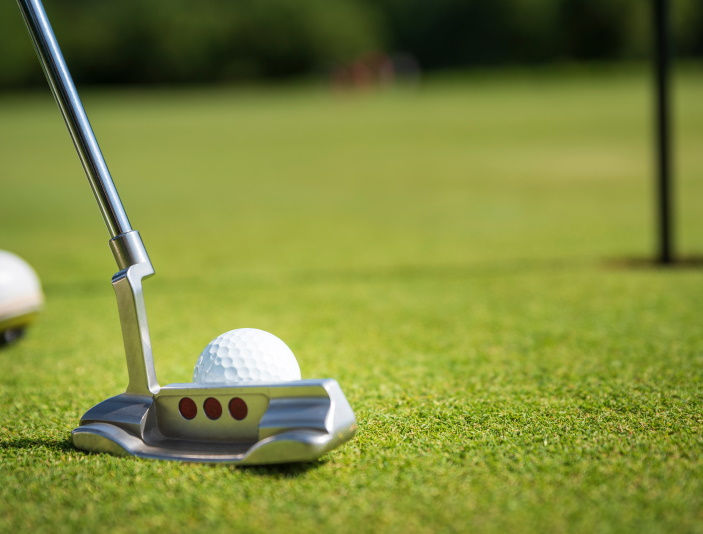
Putter Face
In general, there are three different types of putter faces: smooth, groove, and insert. Smooth face putters don’t have grooves and can be less forgiving than a putter with a grooved face. Groove face putters can give you more control and spin over a smooth face putter. And insert face putters, as the name implies, have an inserted face made from a different material than the rest of the putter head.
Shaft Positioning
Beyond just the putter face, the position of the shaft is another factor that can dramatically impact your putting. There are three main types of shaft styles for your putter. The first and very common is the heel-shafted. This configuration is suited for players with a curving or arc style. In contrast to this shaft, the position is a center-shafted alignment. As the name denotes, the shaft sits firmly in the middle of the club head. And this is perfect for players that stand right over the putter before they swing. A final shaft position is the offset shaft position. This shaft position type allows the golfer to easily align the putter to the ball. But the key in any of these positions is what helps you putt the most effectively.
Get more detailed information on golf putters here!
Let’s Answer A Few More Golf Club Questions!
What type of clubs are the most important to my game?
If you ask most golfers, pro or otherwise, they will probably say that the driver and the putter are the most important and popular clubs in your bag. Some may even say the golf wedge is just as important as putters and drivers.
How many clubs can I use on a single, regulation round of golf?
A golfer is permitted to carry 14 clubs in his bag, according to the USGA. If the golfer begins with fewer than 14 clubs in his bag, he can increase the number of clubs until he reaches 14.
Should I get fitted for golf clubs?
A golf club fitting can help you find the best clubs for you. And the best reason to get fitted is that it will help you play better golf.
Is it safe to buy pre-owned golf clubs?
Yes, as long as you buy them from a reputable dealer. You don’t have to buy a brand-new golf club to get a quality one. Our “Certified Pre-Owned” clubs are made by top brands and cost less than new. And our Certified Pre-Owned Guarantee also backs them up. Every used club we get is carefully checked and given the right rating.

Golf Clubs Buyers Guide Main Takeaway
Golfers use a lot of equipment. Regardless of experience, there are so many facets to the modern golf game that you need to gain an edge in any area you can. The core of this is, of course, your lineup of golf clubs. Get more details about golf clubs from our main golf club guide here!
At Rock Bottom Golf, we offer a wide range of golf clubs to help improve your golf game.
Before You Go!
Don’t forget to leave us a comment and tell us about your favorite golf clubs and how you use them. Also, take a look at our other great blog posts here! Get the full review of the Motocaddy M5 GPS DHC Electric Caddy! Or maybe you are looking for some great golf shoes? Then read and watch our Etonic G-SOK Golf Shoes 3.0 Limited Edition USA – Product Review!




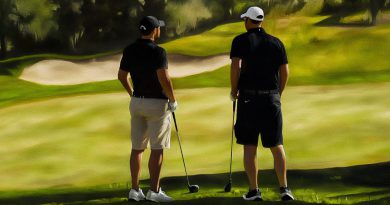

Pingback: How To Select The Best Golf Balls
Pingback: Women's Golf Clubs Buyers Guide - What You NEED To Know!
Pingback: Golf Tips: Achieving Better Shots With Your Golf Driver